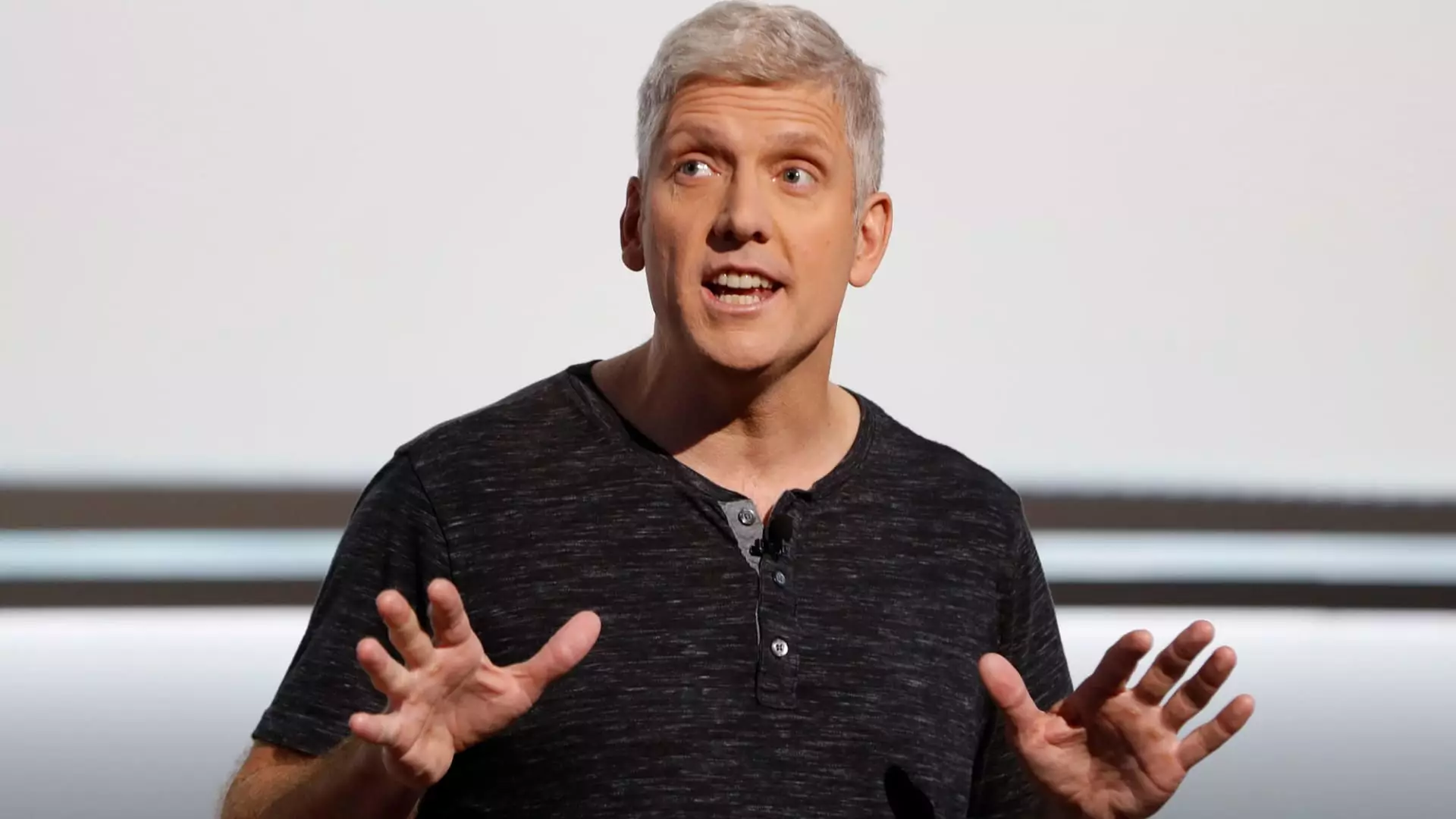Google’s recent initiative to offer voluntary buyouts in its “Platforms and Devices” unit highlights significant shifts in the tech giant’s workforce management strategy. This unit, encompassing over 25,000 full-time staff, is integral to products like Android, Google Photos, and the Pixel lineup. With the company poised for further cuts amid an evolving focus towards artificial intelligence, this buyout program arrives at a critical juncture, offering insights into both the internal culture at Google and broader market dynamics.
The decision to offer buyouts stems from an anticipated restructuring within Google. Internally, Rick Osterloh, the senior vice president of the Platforms and Devices unit, elaborated on the voluntary exit strategy in a memo to employees, underscoring an emphasis on efficiency and alignment with the company’s future goals. By encouraging employees to reconsider their fit within the organization, Google is fostering an environment that not only accommodates employee choices but also facilitates its strategic realignment.
The buyout program allows eligible employees in the United States to leave with severance packages, alleviating some pressures typically associated with layoffs. This strategic pivot signifies Google’s recognition of its evolving operational landscape, especially as it reallocates resources toward AI, which is rapidly becoming a centerpiece of its business model.
The Financial Implications of the Strategy
Financially, the Platforms and Devices division has shown remarkable growth, recording a revenue of $10.66 billion in the third quarter, marking a striking 28% increase from the previous year. While this division does not match the revenue-generating prowess of Google’s core search ad business, it contributes substantially to Google’s overall financial health, which amounted to $88.27 billion in the same timeframe. This revenue influx indicates that the division has potential, yet it faces a paradox—balancing growth with the pressures of internal cost-cutting measures.
As Google sets its sights on AI infrastructure, the pressure to maintain competitiveness in a crowded market cannot be overstated. The recent acquisition of engineering teams from HTC Vive to enhance the Android XR platform is a testament to the company’s commitment to innovation. Nevertheless, the rising operational costs and uncertainties stemming from international tariffs present a looming threat, necessitating stringent budget management.
The array of reactions within Google reflects a spectrum of employee sentiments regarding these buyouts. Many employees appreciated the voluntary buyout option as a more humane approach compared to unceremonious layoffs. Internal discussions surrounding job security and the petition for voluntary exit options demonstrate a growing concern among staff about the evolving demands of their roles, especially in a hybrid work structure that may not align with everyone’s preferences.
Moreover, by providing buyouts, Google appears to be respecting employee autonomy while simultaneously striving to optimize its workforce. This thoughtful approach can foster loyalty among remaining employees, as it indicates the company’s willingness to prioritize collective well-being over purely economic metrics. Some employees applauded the initiative, viewing it as recognition of their contributions and a step towards a healthier work environment.
Looking ahead, Google faces the dual challenge of cultivating a productive workforce while implementing substantial strategic changes. The looming question remains: how will the organization recalibrate its hiring practices and employee retention strategies in the wake of these buyouts? With cash reserves and commitment to long-term growth, Google is well-positioned to navigate these transitions, yet careful navigation is critical in avoiding disruptive morale issues.
Artificial intelligence will undoubtedly dominate much of Google’s future direction, but how effectively Google can integrate this focus while maintaining its existing product lines is pivotal. The ability to foster innovation while ensuring employee alignment with new priorities could lead to unprecedented growth opportunities.
Google’s buyout initiative within the Platforms and Devices unit is not merely a tactic to reduce payroll costs; it symbolizes a broader strategy to harmonize workforce dynamics with the company’s innovation-driven goals. As Google continues to engage with this complex interplay of employee relations and technological advancement, the outcomes will be crucial in defining not only the direction of the company but also the nature of work in the tech industry as a whole.

